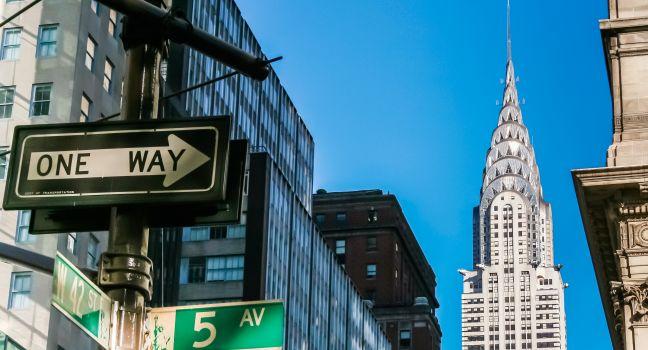Grand Central Terminal

Grand Central is not only the world's largest (49 acres and 44 platforms) and the nation's busiest railway station, but also one of the world's most magnificent public spaces, the majesty of its 1913 building preserved, in part, by Jacqueline Kennedy Onassis's 1975 campaign to save it as a landmark. The main concourse stands roughly 12 stories high and is modeled after an ancient Roman public bath. Overhead, a twinkling fiber-optic map of the constellations covers the ceiling. Of course, Grand Central still functions primarily as a transit hub: underground, trains travel to the Hudson Valley and to Connecticut via the Metro-North commuter rail and to Long Island via the Long Island Rail Road; the subway connects here as well.
To best admire Grand Central's exquisite Beaux-Arts architecture, avoid rush hour and head up one of the staircases at either end, where upscale restaurants occupy balcony spaces. From this level, you can survey the concourse and feel the terminal's dynamism. Then head to the southwest corner to reach the tucked-away The Campbell cocktail lounge. Around and below the main concourse are fantastic shops and eateries—including the Grand Central Oyster Bar. If you're with a friend, position yourselves in opposite corners of the tiled passageway just outside the Oyster Bar, facing away from each other, and murmur your secrets to the wall. Or just stand and watch others indulge in the delightful acoustic oddity that is the whispering gallery. Take Walks NYC ( www.takewalks.com/new-york-tours/grand-central-tours) leads two official daily walking tours for $35 at 11 am and 3 pm.




